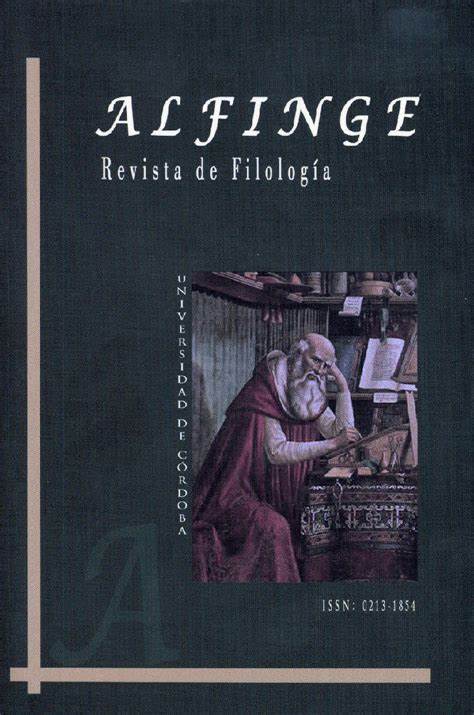Revisiting Phonics Instruction: Integrating SDGs through AI into English Literacy
Contenido principal del artículo
Resumen
Abstract: This paper explores the plausible enhancement of Phonics in the context of English literacy instruction for Spanish speakers. It emphasizes the need for an eclectic strategy to tackle the unique challenges faced by Spanish-speaking learners, particularly, as regards the pronunciation of the 44 sounds of English, the extremely complex grapheme-phoneme correspondences, blending, and segmenting. By proposing an AI-enhanced Phonics framework, this study aligns with the Sustainable Development Goals (SDGs), promoting inclusivity and equitable learning experiences. The integration of AI tools is presented as a means for teachers to personalize Phonics exercises and resources to better suit the needs of their students, fostering collaboration and lifelong learning. The proposal includes the use of AI to create songs and choreographies, which will aid students to produce and memorize sounds and vocabulary, as well as customized decodable stories to reinforce sounds and semantic sets. Ultimately, this paper contributes to the ongoing debate on improving literacy outcomes for Spanish-speaking learners through innovative approaches.
Keywords: Phonics. Literacy. SDGs. AI. EFL.
Descargas
Detalles del artículo

Esta obra está bajo una licencia internacional Creative Commons Atribución-NoComercial-CompartirIgual 4.0.
Política propuesta para revistas que ofrecen acceso abierto. Aquellos autores/as que tengan publicaciones con esta revista, aceptan los términos siguientes:
- Los autores/as conservarán sus derechos de autor y garantizarán a la revista el derecho de primera publicación de su obra, el cuál estará simultáneamente sujeto a la Licencia de reconocimiento de Creative Commons que permite a terceros compartir la obra siempre que se indique su autor y su primera publicación esta revista.
- Los autores/as podrán adoptar otros acuerdos de licencia no exclusiva de distribución de la versión de la obra publicada (p. ej.: depositarla en un archivo telemático institucional o publicarla en un volumen monográfico) siempre que se indique la publicación inicial en esta revista.
- Se permite y recomienda a los autores/as difundir su obra a través de Internet (p. ej.: en archivos telemáticos institucionales o en su página web) antes y durante el proceso de envío, lo cual puede producir intercambios interesantes y aumentar las citas de la obra publicada. (Véase El efecto del acceso abierto).
